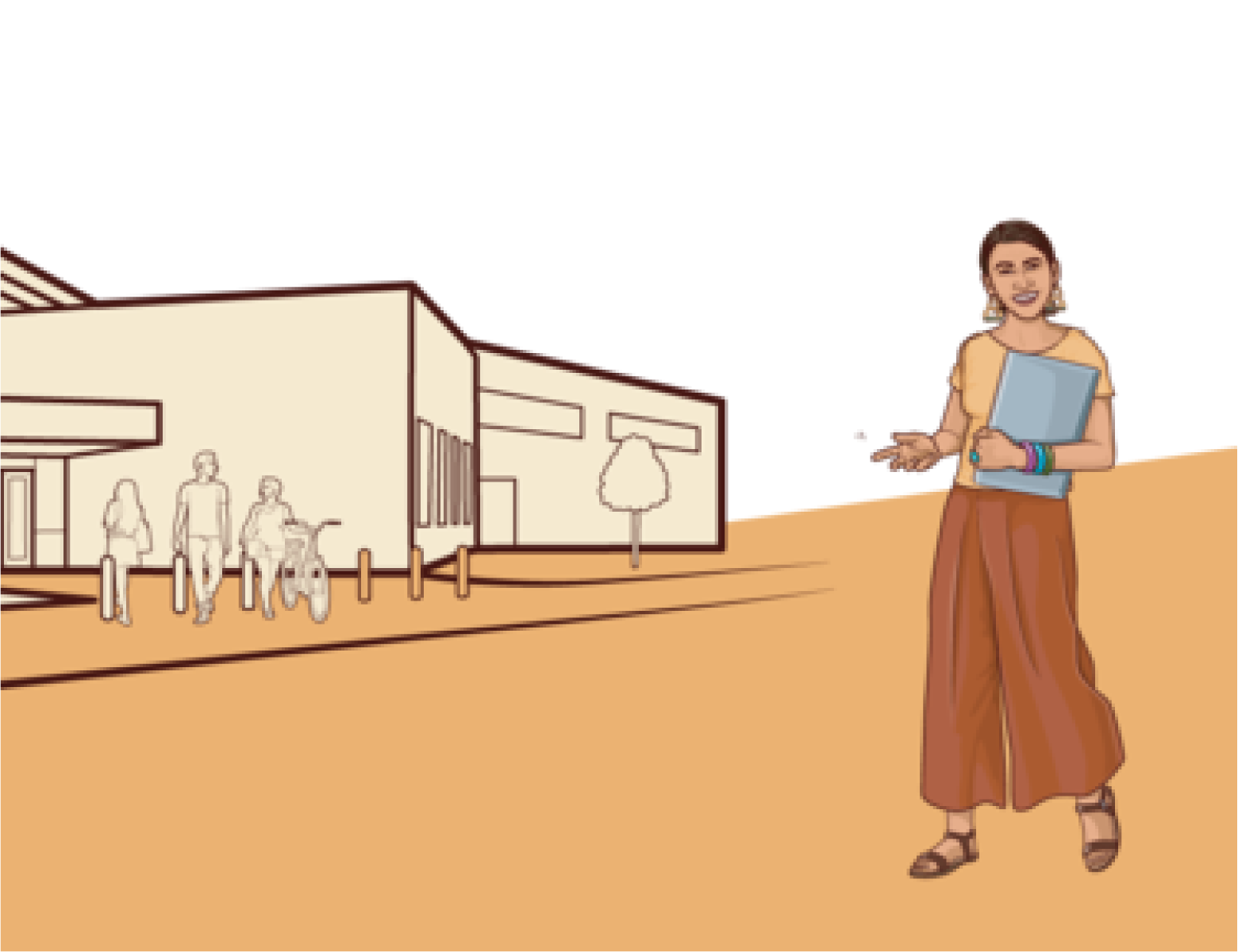We Promote Equity-Minded Community College Redesign
Guided Pathways
CLP supports California community colleges as they build their capacity for redesign and they implement institutional change.
Dual Enrollment
Participants in high-quality dual enrollment are more likely to graduate high school, enter college, and reach their college goals.
Redesigning Student Supports
CLP collaborates with community colleges to reimagine how to support students and smooth their completion of certificates, degrees, and transfers.
Inclusive Design
CLP is developing a process for rooting design in a shared understanding of students’ experience and in the pursuit of collective goals.
Career Pathways Mapping
Clear pathway maps enable students to advance through college more efficiently, attain credentials with labor market value, and reach their goals faster.
Transitions to College
Addressing all trajectories to college — from high school, adult education, prison, foster care, homeschooling, and more — is critical for equity in college access and persistence.
California Community Colleges are a System of Change
New Regulations for Ability to Benefit and California’s Career Pathways
[I]n California, colleges and adult school partnerships can now use adult dual enrollment as a lever to “turn on” ATB and support adult learners without a diploma/equivalency in accessing federal financial aid.
Counselors and Holistic Student Supports
There’s a renewed statewide focus on counseling and student services. CLP’s project centered on equitable counseling is among the new initiatives and efforts focused on exploring how colleges can better support students.
A New Day for Dual Enrollment in California
Long acknowledged as an effective acceleration strategy, dual enrollment has emerged as a powerful equity strategy when designed for the success of students who might not otherwise attend college.
We work with Community Colleges throughout California
We support and enhance their efforts to deliver on the promise of education and community-building through equity-minded redesign. Our program is supported by the following three pillars:
Collaboration
We coach, advise, and connect action-oriented colleges, leaders, and their partners in the community on innovations and experiments that improve student success.
Research
We research and demonstrate promising approaches, raise the profile of colleges leading change, and we share our findings through policy briefs and tools for the field.
Policy
We connect policymakers with colleges and the information they use to identify barriers and opportunities for a more equity-minded and effective education system.


